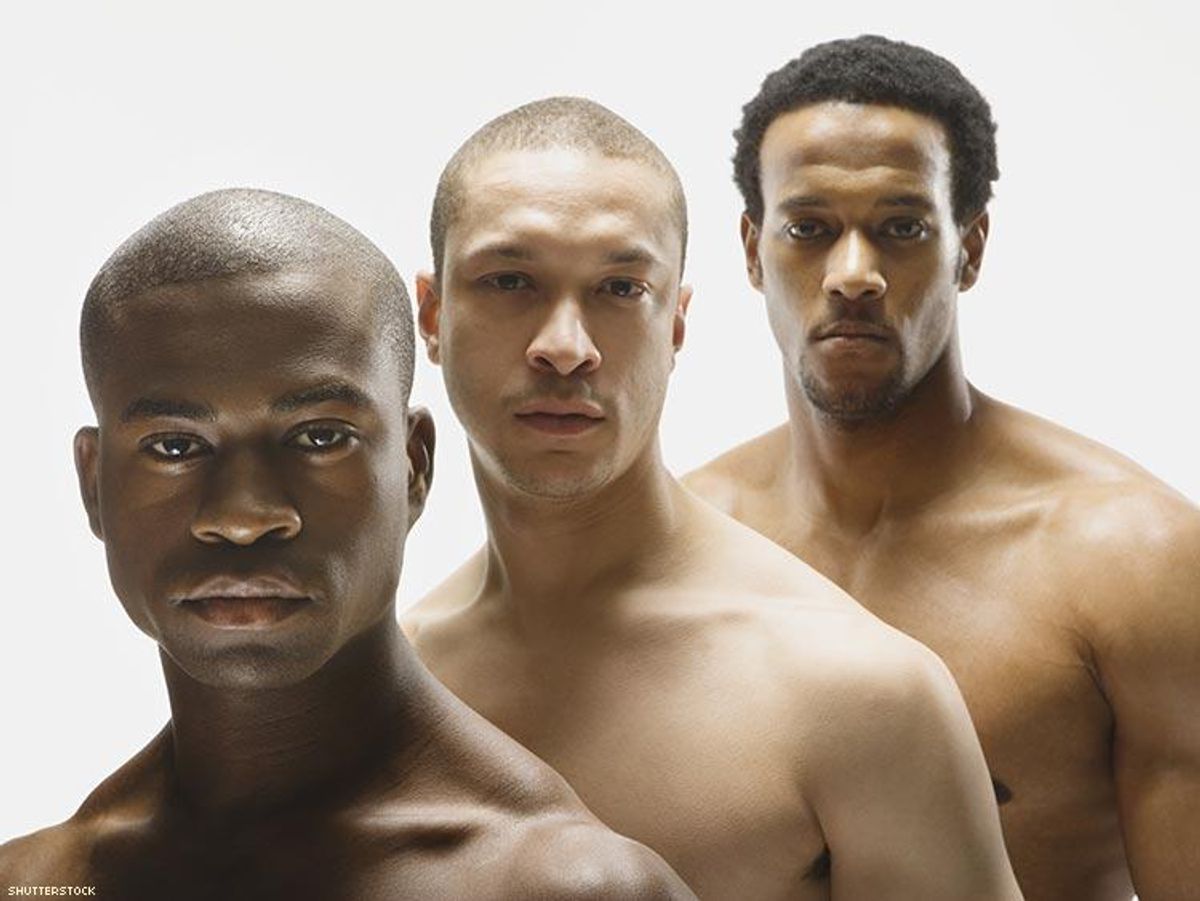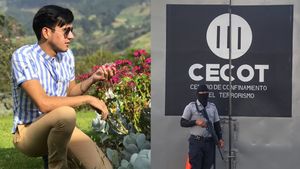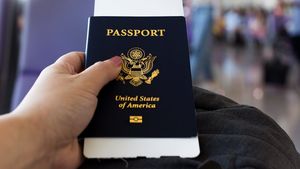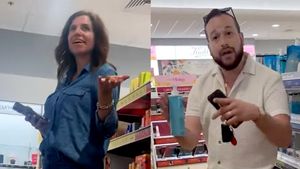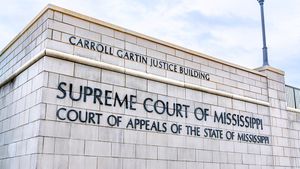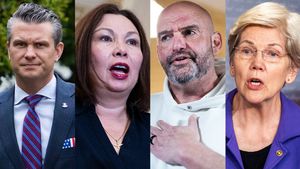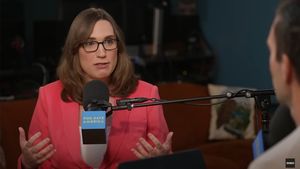A new report on pre-exposure prophylaxis, or PrEP, released by APLA Health, in partnership with the University of California HIV/AIDS Research Program (CHRP), called “Addressing PrEP Disparities Among Young Gay and Bisexual Men in California” revealed less than 10 percent of gay and bisexual men have used PrEP, and that black and Latinos face more barriers in accesssing the HIV-preventative drug.
After polling 600 young gay, bisexual, and other men who have sex with men (YMSM), researchers found that blacks and Latinos not only have a harder time getting PrEP, but most of them weren’t even aware it existed.
While 73 percent of participants were aware of PrEP, the awareness of it was lower among blacks and Latinos, especially to those between the ages of 18 and 21. Only 9.6 percent of Latinos used PrEP, despite most participants (55.9 percent) claiming an interest in practicing it if it were made available to them. Plus covered a story featuring a series of PSA's produced by Public Health Solutions that specifiically addressed the Balck and Latino community, you can watch it here.
Seeing as PrEP is one of the best tools out there to prevent HIV transmission, why haven’t young black and Hispanic YMSM — two groups who are at highest risk for HIV in America — heard about it? Unfortunately there is not a strong enough strategy to reach them in California (perhaps the whole country). APLA Health Chief Executive Officer Craig E. Thompson agrees.
“These results clearly show that young gay and bisexual men are interested in taking PrEP if they know about it and can easily access it,” Thompson said in a press release. “We must eliminate social and structural barriers to this highly effective HIV prevention tool. APLA Health is proud to take a leadership role in making sure that everyone who wants or needs PrEP is able to benefit from it.”
But it’s easier said than done, seeing as 59.3 percent of all the participants didn’t even know where to get a PrEP prescription, and 56.4 didn’t know how to find a doctor. 58.9 percent expressed concern of the price, which without insurance can be around $1000/month. But as Plus reported, there are a variety of programs and resources out there offering financial assistance, including Gilead's Advancing Access program as well as the recently launched PrEP Locator.
However, according to a report from Gilead, over 49,000 prescriptions for Truvada (the only approved drug to use as PrEP) have been filled in the US since being approved by the FDA four years ago. This data was reported by 82 percent of all pharmacies.
PrEP education is more crucial than ever, especially since 1 in 6 gay and bisexual men will get HIV in their lifetime, according to a Centers for Disease Control and Prevention fact sheet. That includes half of all gay and bisexual black men, and 25 percent of all gay/bi Latino men.
APLA suggests the state of California should use public funds to help pay for PrEP, including PrEP-related clinical ancillary services. States like Washington have made strides to ensure access for its citizens, making it virtually free. Should California follow suit?
Nearly 100 million people live in California, which accounts for about one-third of the country’s population. It’s time for state government to attention to health concerns plaguing its citizens of color. We are literally running out of time.
